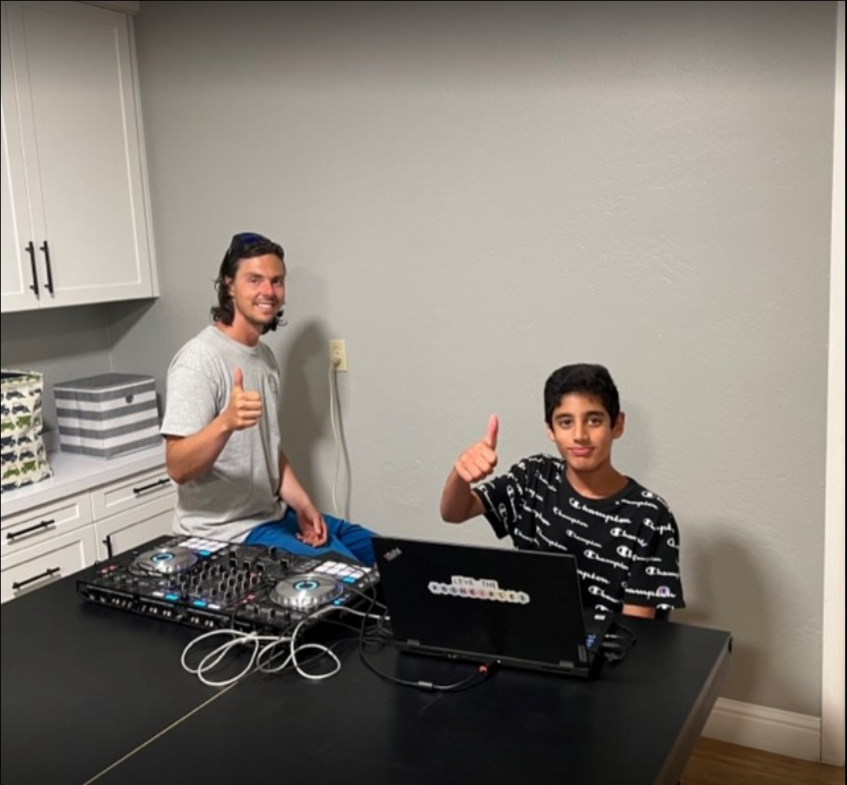
So, you want to be a DJ. You’ve watched some YouTube tutorials. Or, you DJ for your friends and family. But now, you want to play for a crowd! Or you want to be the next number one DJ in the world. No matter your end goal, you’ll have to learn the basics of DJing first and that’s what we will cover in this article. Without further ado, let’s discuss 5 Skills you will Learn QUICKER with DJs In Reno DJ Lessons.
1.) Beat Matching
Beat Matching
This is the most important and fundamental skill when it comes to learning how to DJ. It is also the first skill that you will learn with Reno DJ Lessons from DJs In Reno.
Beat matching means matching the beats of two or more tracks playing together at the same time
But it’s not all about making sure that the tempo of the tracks is identical. You also have to match the Meter of each track.
For example, bass music (or Dubstep) has a tempo of 140 beats per minute, and a half-time tempo style, or meter. This means that there is a kick drum on the first beat of a measure, and a snare drum on the third beat.
House Music has a kick drum on the first beat.
Followed by a kick and a snare combo on the second beat.
Followed by a solo Kick beat on the third beat of a measure.
Followed with another kick and snare on the fourth beat of a measure.
Lets say that you’re playing a dubstep song at 130 beats per minute.
You try to mix it with a house song at 130 beats per minute, it’s not going to sound great.
This is because you are going to have a snare drum on beats number two, number three, and number four of every measure. It’s going to sound completely out of sync and like something’s wrong.
When your DJing and you’re mixing between two tracks, you want to kick drum and the snare drum to line up.
You definitely can transition between house music and bass music! But, you have to be creative!
One potential solution is mixing from the vocals of a track. The Drums can’t clash during a vocal solo!
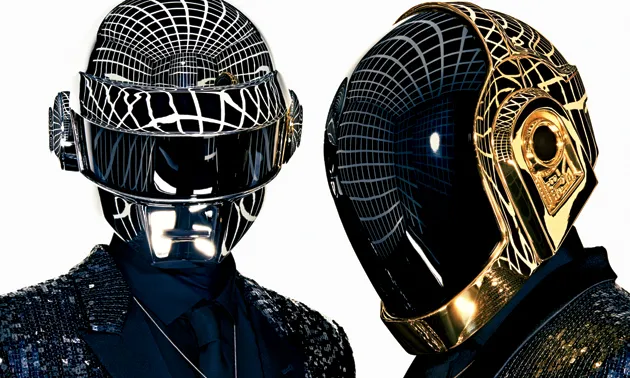
With Reno DJ Lessons, Our students learn to place cue points at specific points in each track. These que points will cue you when to begin and complete the transition.
When beat matching is you don’t want to change the tempo of a song more than plus or minus five beats per minute.
This brings us to our next point: Phrase Matching.
2.) Phrase Matching
Zeeshan Khamis with DJ Essentials has a fantastic guide on Phrase Matching. Watch it Below!
Now that we’ve covered the basics of beat matching, let’s take it up one level to phrase matching. First, let’s review the basics of song structure.
1 beat = 1 beat (The fundamental unit of Music).
1 bar (or Measure) = 4 beats.
1 phrase = 4 bars = 16 beats.
Every two phrases there is a significant change in a song. In electronic music, the intro, the verse, and the chorus are generally all two phrases long.
A very simple trick to phrase matching is starting the intro of track B on the first beat of the chorus of track A.
The verse of track B will begin at the end of the chorus of track A.
This will allow you to transition from track a to track b while building energy on the dance floor.
This works for Hip Hop Music. And, House Music. And Dubstep or Bass Music.
Phrases in music come as a call and response. Think of the first phrase of a chorus as the song saying hello. And the second phrase of the chorus as the song saying goodbye. Another good example would be Marco – Polo. Or knock knock – who’s there?
DJ.Studio has a fantastic article that goes deeper on the subject of Phrase Matching. Read it here.
When phrase matched you can get each song talking to each other. Or, you can cause their musical elements to interact with each other in unique ways.
This brings us to our next point: Key Matching!
3.) Key Matching
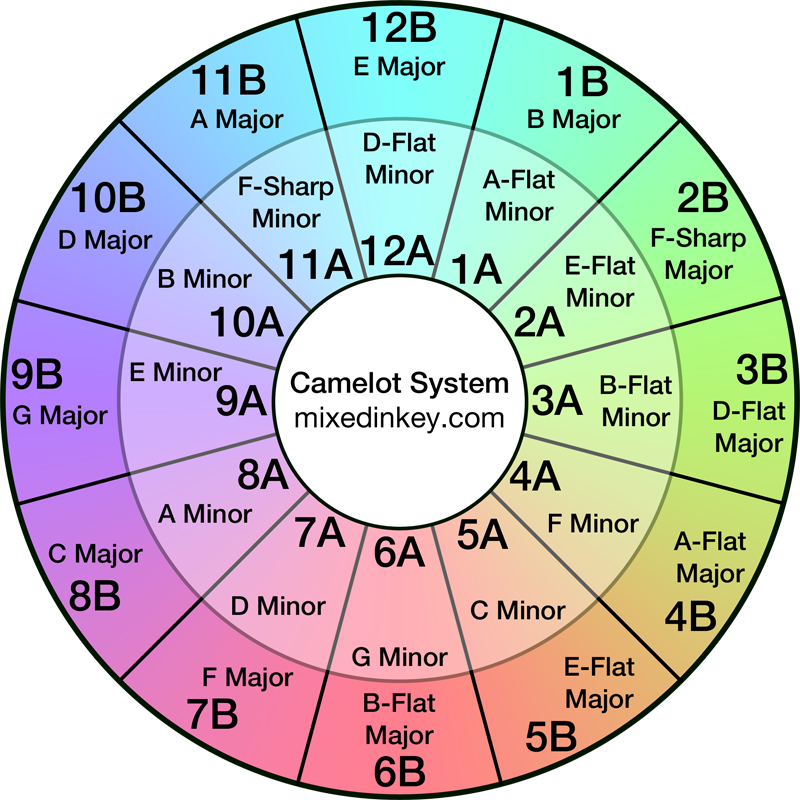
Mixed In Key
In DJ software, you have the ability to change The key display of a song from traditional to harmonic.
This makes it much easier to compare with any other song in your playlist. As a general rule, you only want to transition between tracks that are one or two keys apart. For example, transitioning from 4A to 4A would be no difference in key signature. Transitioning from 4A to 5A would be a difference of one key. Transitioning from 4A to 4b would also net one key difference during the transition. Transitioning from 4A to 6a would be a difference of two keys.
Transitioning from 4A to 10A would be a difference of six keys. It would be disonant compared to a key difference of only one or two.
Another important note on Key Matching
DJ hardware and software now comes with the added feature of automated key shifting. I don’t recommend that you use it.
The most important reason is because it sounds bad. If the key of a song is shifted, it’s going to sound off or modified. The crowd is going to notice, including you. The second reason is because it’s like using training wheels.
MixedInKey.com offers an incredible software that will analyze your entire music library. It will also Tag each track with the correct key for you.
4.) Narrative
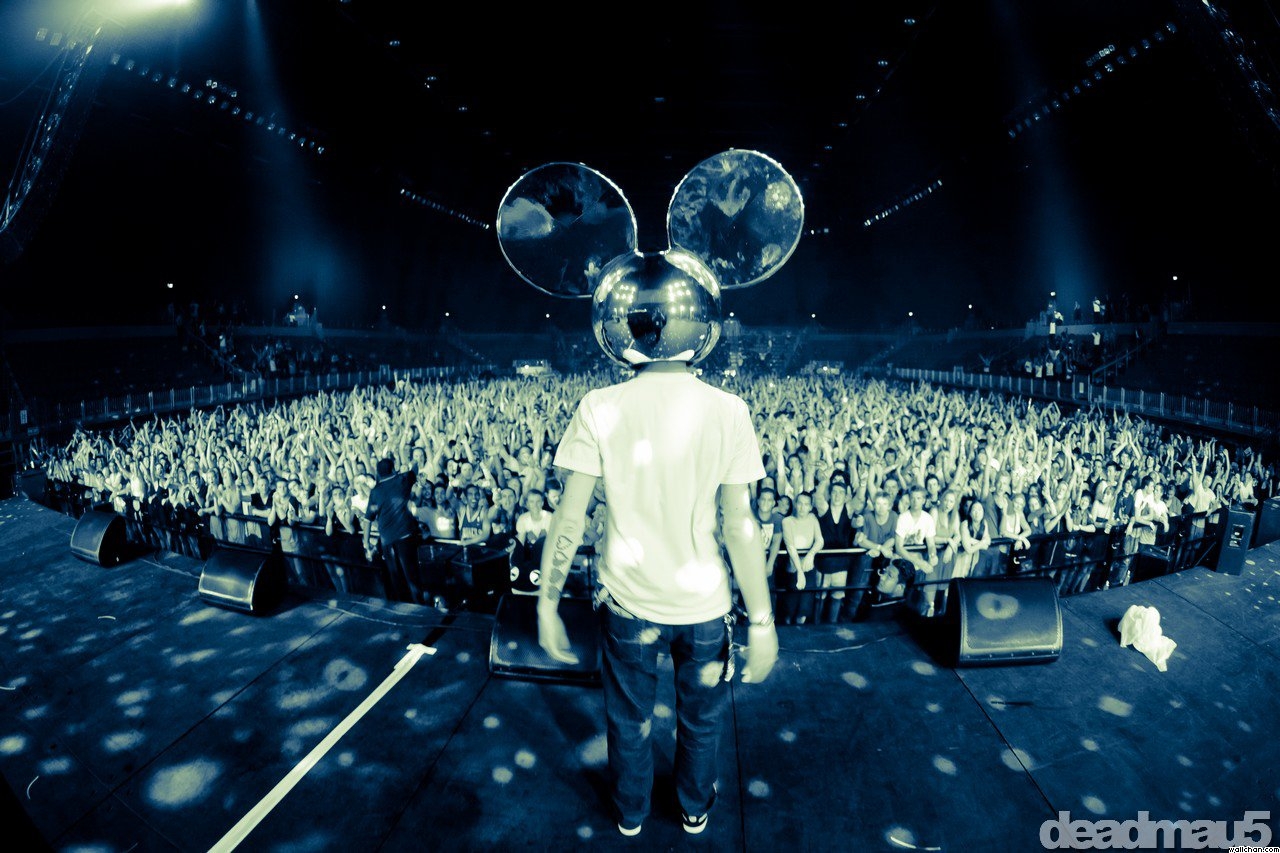
Narrative applies to every aspect of being a DJ.
Whether you realize it or not, you always are sending a message to everyone around you 100% of the time. This is especially true when you are DJing. For example, Narrative can apply to the songs that you select for a mix.
It can also apply to how you structure your mix.
Is your intention for the mix to peek around the beginning, middle, or end of the mix?
Or do you want it to have sustained energy throughout?
Are you the Opener, Or the Headliner?
Do you want to give your audience a break with some slower tracks every once in a while? Do you want to play any tracks for comic effect, or as a nostalgic throwback to days gone by?
What kind of emotions are you targeting with your mix? What is the story that you want to tell to your audience?
How are you dressed while you are DJing? Are you wearing a giant mouse head like deadmau5? Or a giant marshmallow, like Marshmallow? Are you interacting with the crowd or are you frozen behind the decks??
These are important questions to consider when planning your narrative for the night.
5.) The Final Reno DJ Lessons Skill: Crowd Interaction
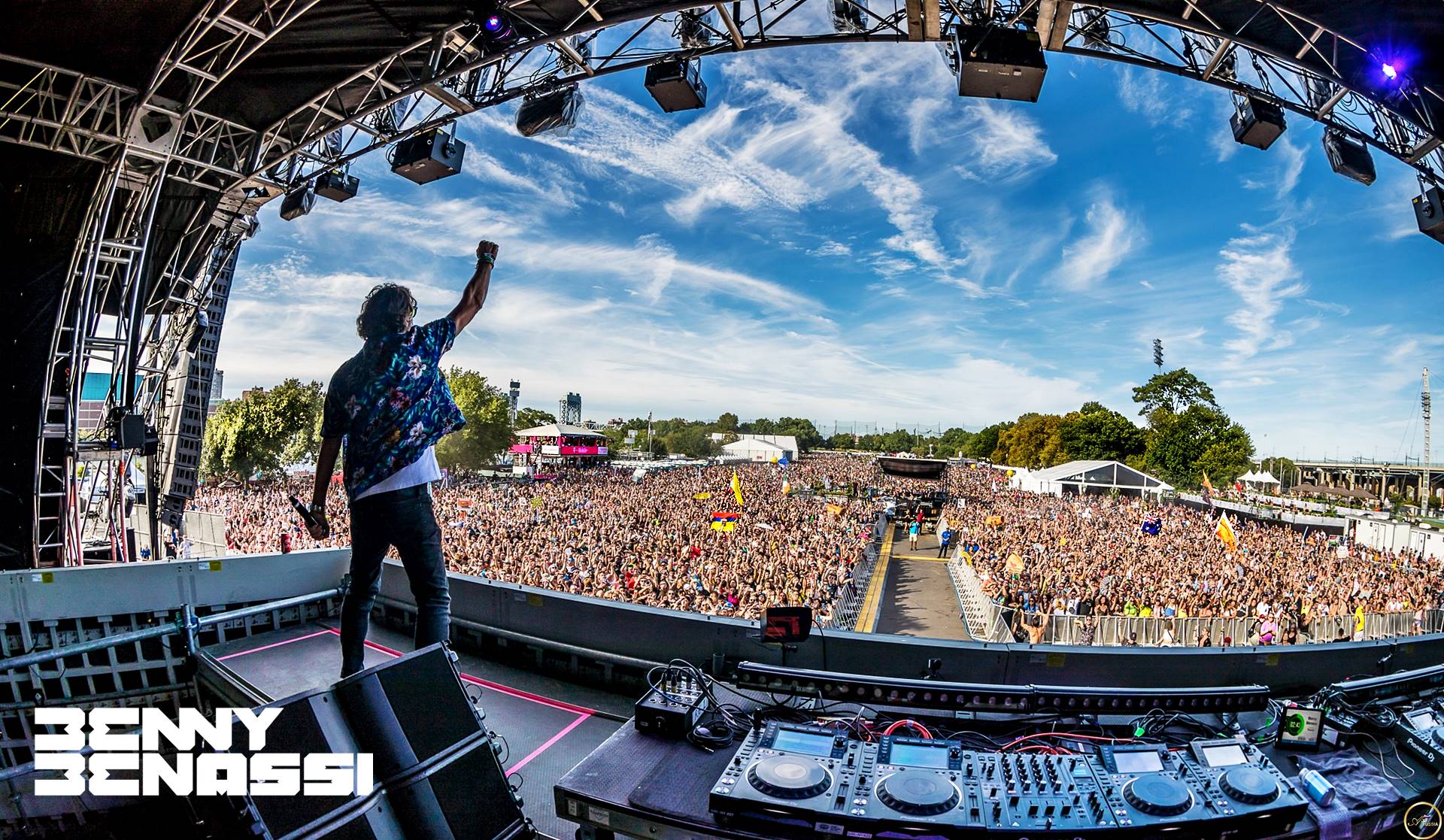
Benny Benassi
The best DJs have the best crowd interaction. Whether it is doing callouts on the microphone, dancing behind the decks.
Crowd interaction is key to having the best set possible.
They have the best stage presence. They are always looking at the audience, even making direct eye contact with guests.
It can be very obvious like bouncing up and down, or it could be more subtle like reading the crowd.
The more energy you give, the more you will receive. This is where vocal skills on the microphone become invaluable.
Conclusion
In Conclusion, there are many skills that you will have to learn before your first official DJ set. These first 5 are the basics!
After you are comfortable with the basics, you can get into more advanced DJ Techniques such as-
Looping
EQing
Effects
Beat Juggling
Scratching
Cutting
And More!
You can learn quite a bit from online guides, YouTube Tutorials, or even paid courses. But at the end of the day, they can only take you so far…
Private DJ lessons from DJs In Reno will give you-
Personalized feedback
Industry secrets
Customized instruction that will allow you to hone your skills, and take your DJ game to the next level!
Does someone special in your life want one on one lessons from a professional DJ?
Are you ready to take your skills to the next level?
Reno DJ Lessons are the perfect gift for the aspiring DJ in your life! Don’t hire a DJ for your child’s birthday party; Hire DJs In Reno to train them so they can DJ their own Party!
Watch as they completely WOW their friends with their professional DJ Skills. Like DJ Torin and DJ Mastan (pictured below)!
Click the button below to find out more!
